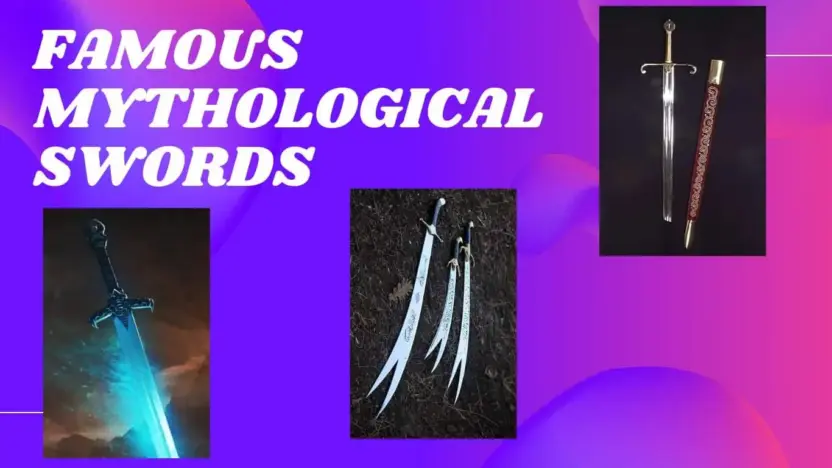Throughout history, mythological swords have captivated our imagination, symbolizing power, bravery, and magic in various cultures. These legendary weapons, often imbued with extraordinary abilities and crafted by mythical beings, play pivotal roles in the tales of heroes and gods. Here we are listing some Famous Mythological Swords.
Famous Mythological Swords
Excalibur
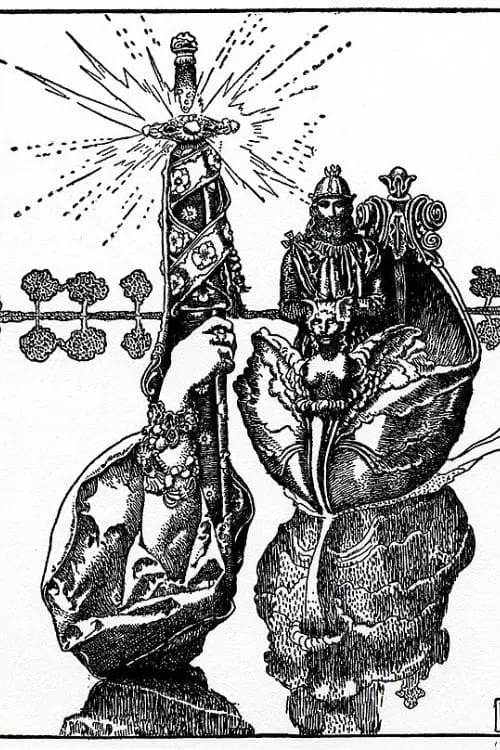
Often associated with the legendary King Arthur, this magical sword is a symbol of divine kingship and heroism in British folklore. According to the stories, Arthur pulled Excalibur from a stone, proving his right to be king.
Some tales also mention the Lady of the Lake giving Arthur this sword. Excalibur is known for its unbreakable blade and the power to blind enemies with its brilliance. It’s also linked to the idea of rightful sovereignty and often represents the ideal qualities of leadership.
Kusanagi-no-Tsurugi
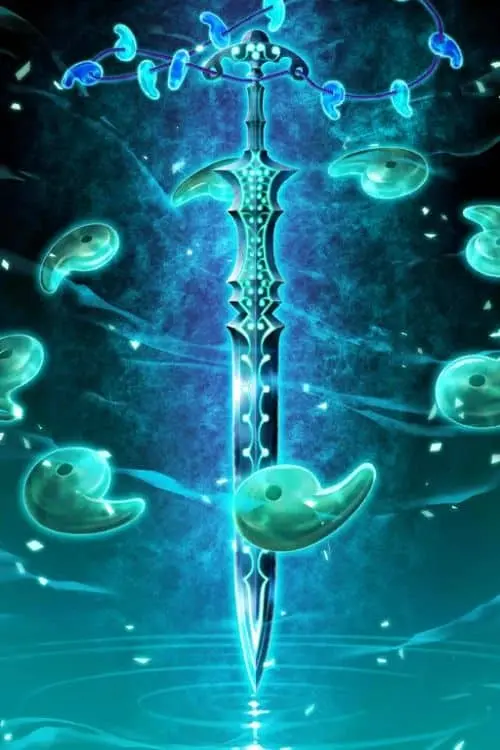
The is a legendary Japanese sword Kusanagi-no-Tsurugi is one of the three Imperial Regalia of Japan, that symbolizes the divine right of the Emperor. Originally known as Ame-no-Murakumo-no-Tsurugi, or “Sword of the Gathering Clouds of Heaven,” its name means “Grass-Cutting Sword.”
Intriguingly, the storm god Susanoo discovered this sword in the tail of a defeated eight-headed serpent, according to legend. Kusanagi-no-Tsurugi is not only renowned for its extraordinary sharpness but also deeply steeped in Shinto significance. Consequently, it embodies the spirit and history of Japan.
Gram
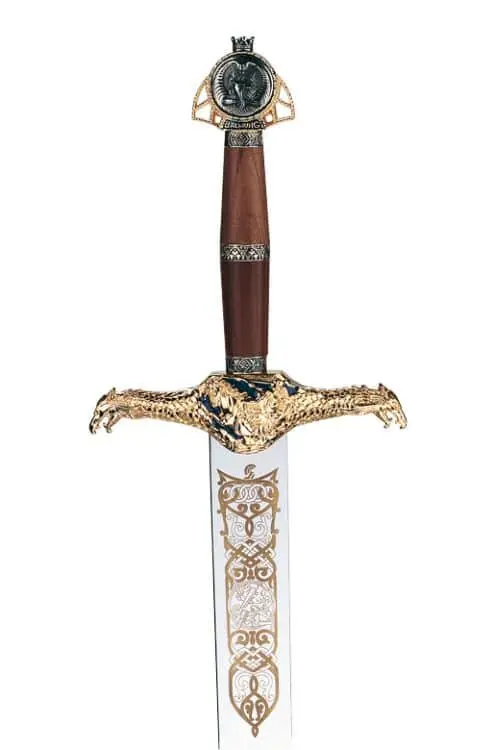
In Norse mythology, the hero Sigurd (known as Siegfried in the Germanic version) wields the sword Gram, forged by the god Odin. Initially broken, Gram later undergoes reforging to become a sword of unparalleled quality. Significantly, Sigurd employs Gram to slay the dragon Fafnir, a feat that cements his status as a legendary hero in Norse sagas.
Consequently, the sword becomes a symbol of courage, destiny, and overcoming formidable challenges. Often, Gram is depicted as emblematic of the hero’s journey, highlighting the power of resilience and bravery.
Durandal
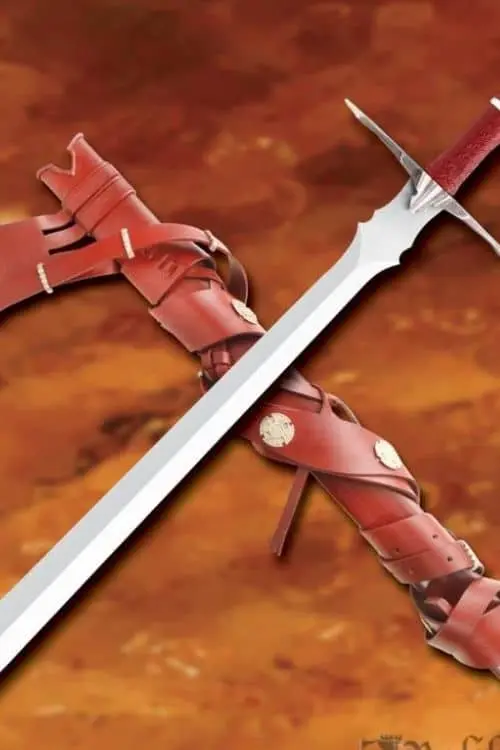
Hailed from the French epic tales known as the “Matter of France,” Durandal is the legendary sword of Roland, a valiant knight serving under Charlemagne. TRemarkably, this extraordinary sword is said to be indestructible.
Furthermore, it contains relics of saints and a piece of the True Cross within its golden hilt, significantly enhancing its mythical status. Most notably, in the “Song of Roland,” Durandal is depicted as remaining unbroken even as Roland faces his demise. Consequently, the sword symbolizes Roland’s unwavering bravery and loyalty.
Caladbolg
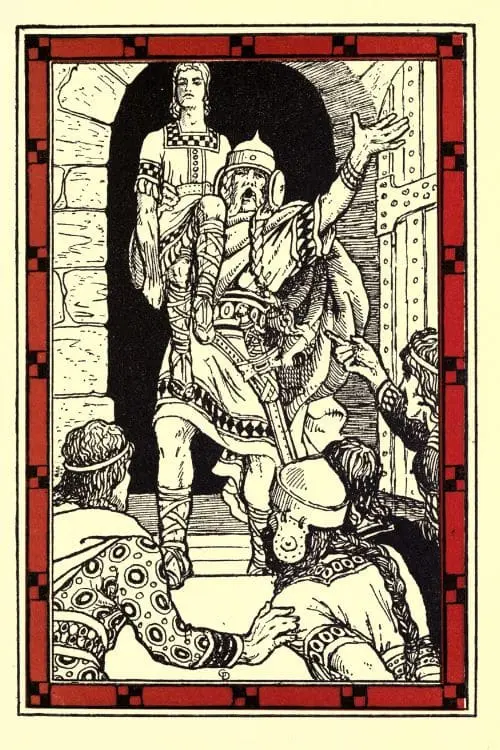
In Irish mythology, Caladbolg, a mighty sword wielded by the hero Fergus mac Róich, stands out for its immense power and unique ability to create rainbows when swung. Its name, meaning “hard cleft,” reflects its formidable nature.
Legends vividly recount how Caladbolg could slice off hilltops, playing a pivotal role in numerous legendary battles. This sword, embodying the mystical and supernatural elements of Celtic myths, powerfully showcases the might and heroism of its wielder, adding a layer of awe and mystique to these ancient tales.
Claíomh Solais
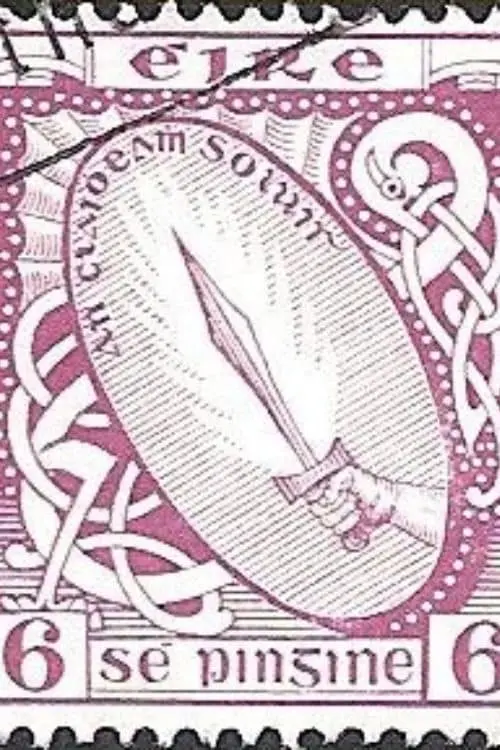
In Irish folklore, the “Sword of Light,” Claíomh Solais, emerges as a significant symbol, closely linked with the legendary hero Nuada Airgetlám and the mystical Tuatha Dé Danann.
As one of the four legendary treasures brought to Ireland, this sword notably emits a brilliant light, representing truth and justice. Fascinatingly, its presence renders lying or denying the truth impossible, thus establishing it as a powerful and emblematic tool in ancient Irish narratives.
Tyrfing
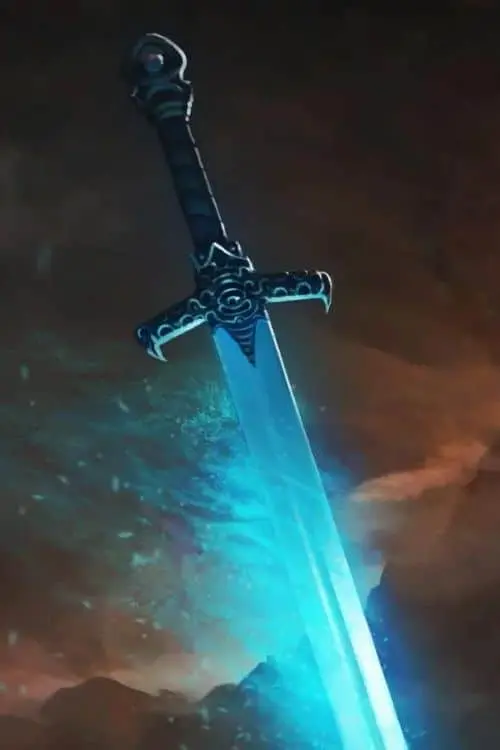
From Norse mythology, Tyrfing emerges as a cursed sword that was made by the Dwarves. It holds a dark legacy. Destined to kill a man each time it was drawn, this sword weaves a tale of tragedy and violence.
Significantly, in the sagas, its sharpness and deadly curse frequently altered the course of events. The story of Tyrfing, while showcasing its formidable power, serves as a somber reminder of the heavy consequences that curses and vengeance carry in mythological narratives.
Zulfiqar
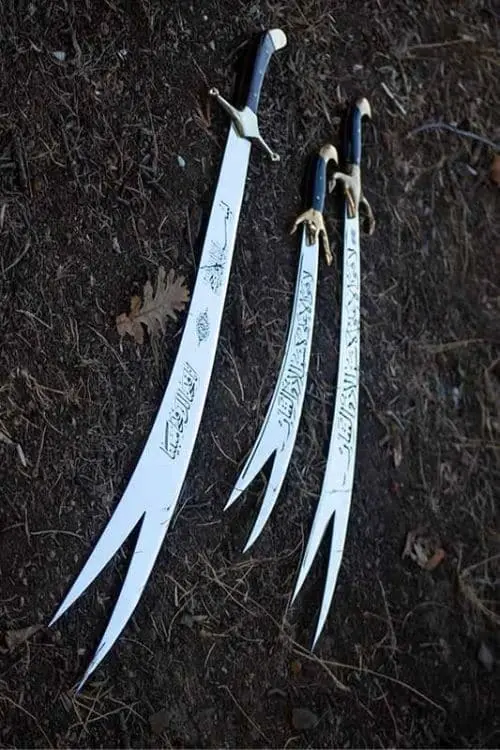
Highly regarded in Islamic tradition Zulfiqar is often associated with Ali, the cousin and son-in-law of the Prophet Muhammad. This sword, uniquely characterized by its bifurcated blade, symbolizes Ali’s bravery and skill in battle.
Furthermore, it’s an emblem of divine justice and strength, often invoked in stories and sayings to represent righteous leadership and courage. As such, Zulfiqar remains a powerful symbol in Islamic culture, representing moral and physical strength.
Joyeuse
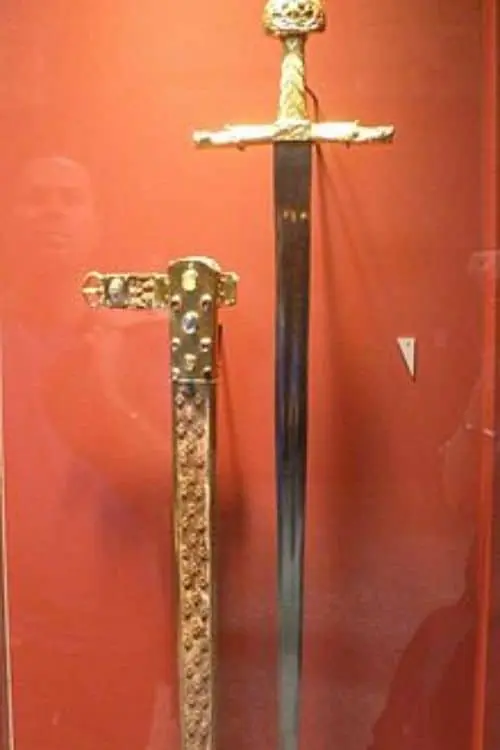
Famed in the annals of French history and legend, Joyeuse was the celebrated sword of Charlemagne, the great King and Emperor. Renowned for its beauty and strength, this sword holds a special place in French lore. Historically, it was considered a masterpiece of craftsmanship and a symbol of power.
Additionally, Joyeuse often features in tales recounting Charlemagne’s conquests and wise rule. Its legacy continues to fascinate historians and enthusiasts alike, serving as a testament to the blend of history and myth in medieval Europe.
Curtana
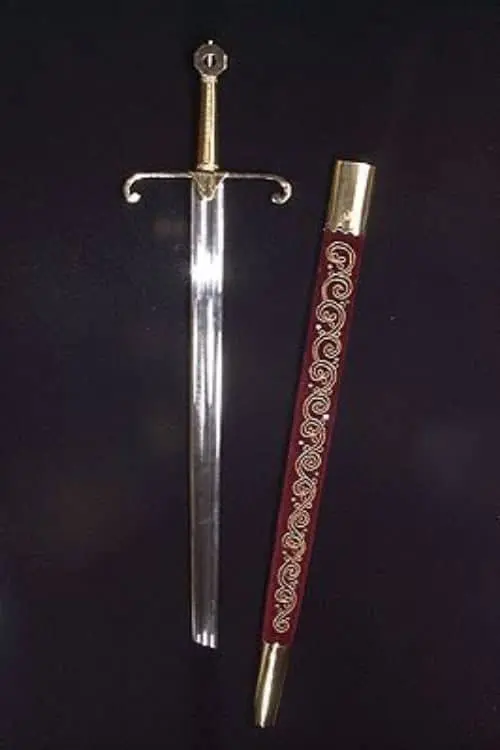
Associated with English royalty, Curtana is a sword steeped in history and ceremony. Known as the “Sword of Mercy,” it has a unique blunt tip, symbolizing mercy and justice.
Traditionally, this sword features prominently in the coronation ceremonies of British monarchs, representing the sovereign’s duty to show mercy. Additionally, Curtana’s rich history ties it to legendary figures like Tristan and Ogier the Dane. Its enduring presence in royal tradition highlights the fusion of mythological symbolism and state power, making it a fascinating artifact of British history.
Also Read: Famous Mythological Swordsmen
